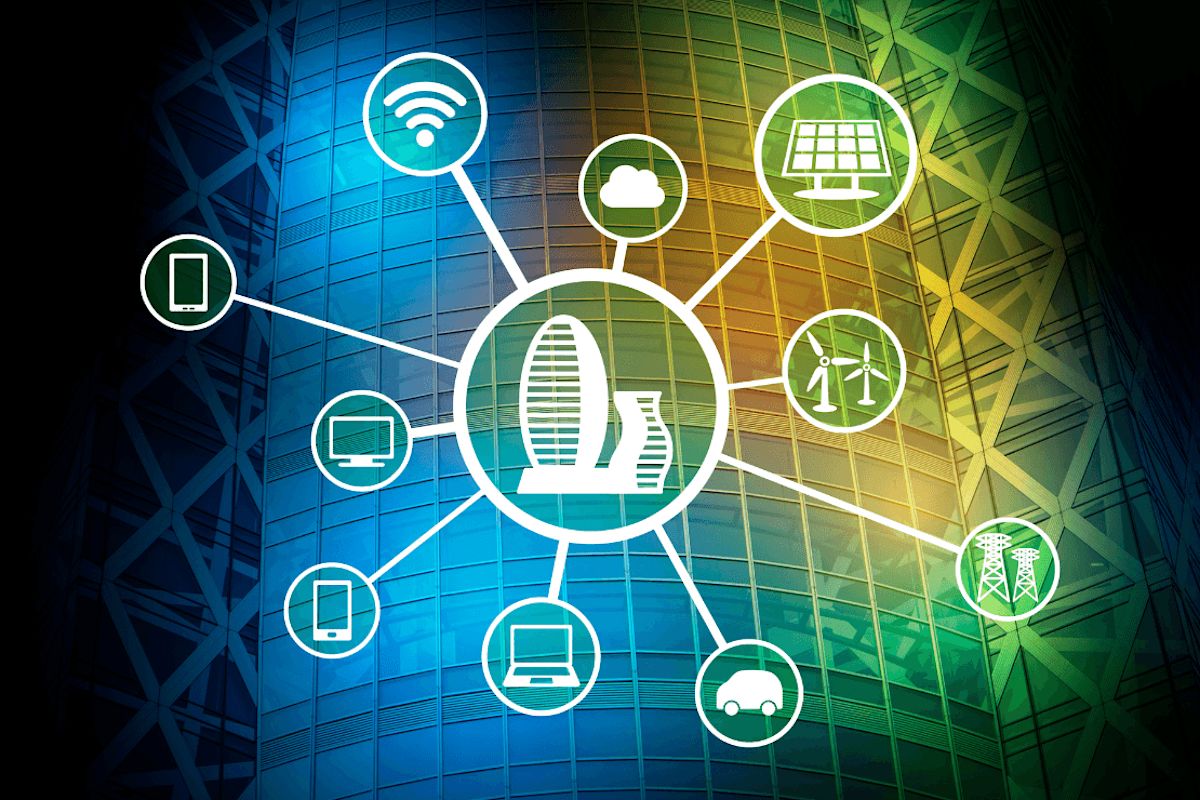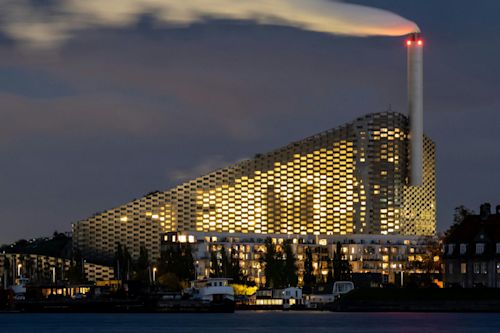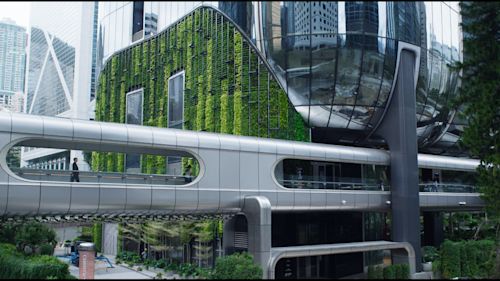
The Smart Building is a construction designed with innovative technology that allows it to benefit from optimal efficiency and comfort. Smart Buildings use intelligent systems, sensors, and actuators to meet the needs of occupants and offer a higher level of quality.
This article will guide you through the fundamental principles of this smart technology and explain how it can improve the lives of occupants and help managers achieve optimal results and performance.
What is an intelligent building?
Anintelligent building, or aSmart Building, is a building that uses advanced technology to automatically monitor and control its indoor environment. Intelligent systems, sensors, and actuators play an important role in Smart Buildings to create a more comfortable environment and improve the overall efficiency of the building.
Smart Buildings are generally connected to a computer network capable of analyzing the data collected by the sensors and making decisions based on this information.
The control system can perform various tasks such as controlling the indoor environment and managing energy. It can be configured to take preventive measures to maintain air quality and monitor weather conditions in order to minimize the risks of intrusions and other accidents.
Main features of Smart Buildings
Smart Buildings have several features that make them different from other buildings:
Energy management: Smart Buildings allow for monitoring and controlling energy consumption and optimizing its production and distribution.
Connectivity: they are equipped with a variety of wireless technologies to facilitate interaction between installed systems and the local network to provide additional information and services.
Automation: they use sensors and actuators to automate certain tasks in order to reduce costs and improve efficiency.
Security: they use advanced security systems to protect property and people present in the building.
Comfort: they are designed to ensure the well-being of occupants through optimal temperature, humidity, and air quality.
Connected operation
To achieve their objectives, these buildings rely on the implementation of well-established basic principles, which allow them to collect, analyze, and control various environmental data.
Data collection: sensors are installed in the buildings to collect data on environmental conditions such as temperature, humidity, air quality, and space usage.
Data analysis: the collected data is analyzed to identify problem areas and optimize the systems in place.
Automation: control systems are programmed to automatically regulate ventilation, air conditioning, lighting, and security systems based on the collected data.
Integration: all systems are integrated into a centralized platform to allow for complete monitoring and control.
The impact of Smart Buildings
Smart Buildings have a positive impact on cities and the environment, as they help reduce costs and improve efficiency. They can also contribute to a better quality of life for residents and a healthier environment for all through connected devices.
The main advantages of Smart Buildings are:
Greater energy efficiency: Smart Buildings are designed to optimize energy use and can reduce energy consumption by up to 20% through optimization of electrical networks.
Cost reduction: Smart Buildings help improve the efficiency and productivity of processes and can thus significantly reduce operational and maintenance costs.
Better occupant comfort: Smart Buildings are designed to ensure the well-being of occupants through optimal temperature, humidity, and air quality.
Better security for property and people: the advanced security systems of Smart Buildings allow for constant monitoring of buildings and quick alerts in case of problems.
Smart Buildings are becoming the norm in many countries and their popularity continues to grow over time. These intelligent buildings offer a range of exciting possibilities to improve citizens' quality of life and contribute to environmental protection. Studies conducted by experts show that these buildings can significantly reduce costs and greatly improve the efficiency and comfort of occupants.



